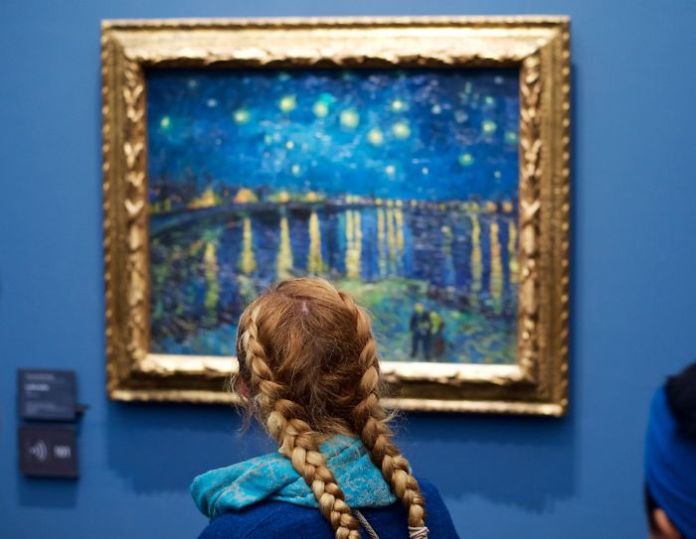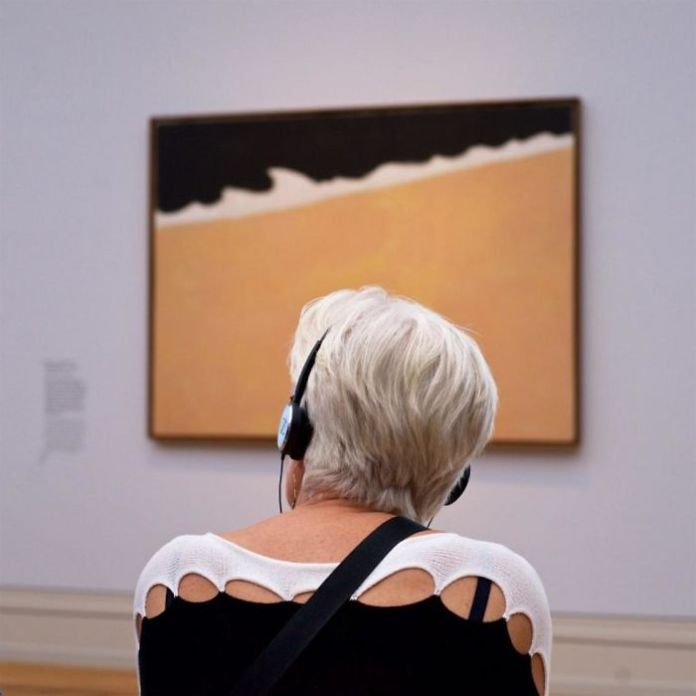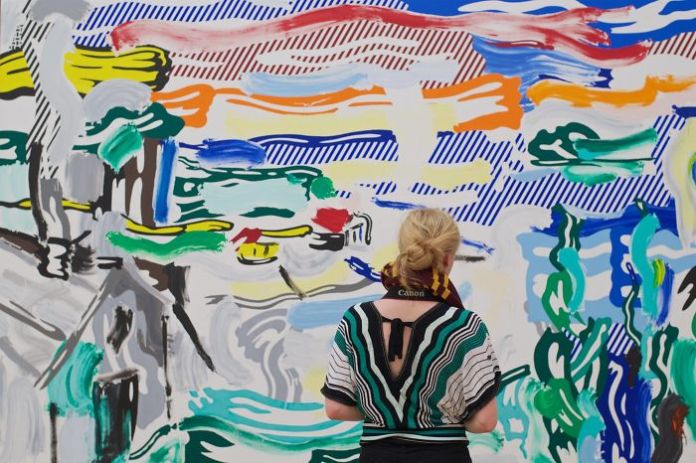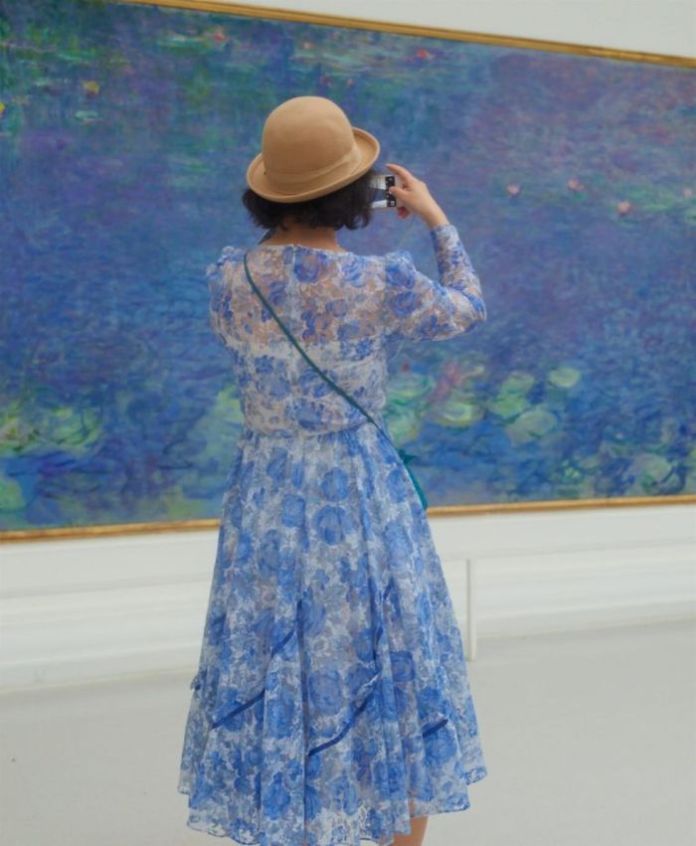
There are some wonderfully strange museums out there.
Here is a post dedicated to the delicious world of food museums.
Frietmuseum, Bruges, Belgium

The museum opened the Frietmuseum in 2008, in a 14th-century building in the seaside Belgian town of Bruges. The museum boasts a collection of vintage chip fryers, pre-Colombian potato artifacts, and crispy frites cooked–sorry, double-cooked–onsite in a vintage fryer.
Kimchi museum, Seoul

I just read that supposedly this museum has more then 100,000 visitors a year! The museum is located in one of Seoul’s many malls and chronicles the history of the national food dish, kimchi. With multiple different exhibits, there is a sampling room, as well an area containing microscopes so visitors can watch the fermentation at work.
The Ramen Museum, Yokohama

This museum sounds amazing, it sounds more like a theme park dedicated to ramen noodles than a traditional museum. It houses some educational exhibitions about ramen in general, plus a food culture retrospective on the inventor of Cup o’ Noodles Momfuku Ando. BUT the central attraction is the two story recreation of Tokyo in 1958 (the same year instant noodles were invented). There are nine ramen shops operated by real Japanese ramen restaurants and designed to match the time period. Each shop gives visitors a passport stamped with its emblem, a sign of their nostalgic visit to the golden age of RAMEN.
The Spam Museum, Minnesota

At the moment this ‘honourable institution’ is closed for redevelopment, set to reopen in 2016. Previously, the museum had a SPAM wall made of nearly 4000 old cans, and advertising exhibits, video displays and even a Monty Python exhibit dedicated to the famous SPAM skit. I would really love to see what the redevelopment of this institution will look like.
Prince Edward Island Potato Museum, Canada

Dedicated to the glorious potato, this museum houses the largest farm implements and machinery related to the growing and harvesting of potatoes in the world. The museum is also surrounded by fertile potato growing fields where the humble potato has played an important role in the economy for many years. In addition, who wouldn’t like to take a photograph next to the BIG POTATO!
City of Pickles, Lübbenau

This is home to the only museum in Germany dedicated to the pickled cucumber. In the museum they exhibit the history of the pickle, which has been growing in the region since the 8th Century. Pretty incredible. You can taste these delicious pickles called Spreewaldgurken.
further reading:
http://thisbelongsinamuseum.com/post/104855730329/gurken-museum
http://thisbelongsinamuseum.com/post/13234840094/so-it-doesnt-feel-left-out-let-me-also-mention
http://www.peipotatomuseum.com/canadian-potato-museum/
http://www.luebbenau-spreewald.com/pages/en/luebbenau/city-of-pickles.php?lang=EN
http://www.telegraph.co.uk/travel/travelnews/11275495/Top-10-strangely-specific-food-museums.html
http://www.bonappetit.com/trends/article/10-food-museums-besides-the-museum-of-food-and-drink

 This is just so genius.
This is just so genius. These photographs are beautiful, funny and unique. They make a beautiful harmony between the work of art itself and the visitor. Take a look yourself. Enjoy scrolling and finding the matches.
These photographs are beautiful, funny and unique. They make a beautiful harmony between the work of art itself and the visitor. Take a look yourself. Enjoy scrolling and finding the matches.
 further reading:
further reading:


































































